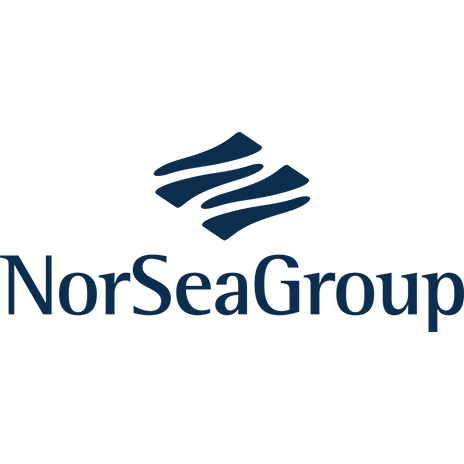Title Page
-
Document No.
-
Vendor
-
Location
-
Date of inspection
-
Inspection complete by
-
Truck/Trailor Registration
-
Truck/Trailor Image
-
Add additional unit
Unit
-
Unit ID
DOCUMENTATION
-
Does the required supportive CST accompanying the respective cargo display the correct information (cargo unit ID number, cargo weight, etc)?
POTENTIAL DROPPED OBJECTS (PDO)
-
Are all forklift pockets clear of any loose items and foreign objects? Note :Drifting of all CCU pockets is mandatory and must be confirmed by the Cargo Inspector
-
Are all surfaces (Roof / Sides / inside / ledges) clear of any loose items and foreign objects?
-
Is all cargo securely fastened in open top basket/containers for "worst weather" conditions and were deemed necessary covered with a tarpaulin or net?
-
Are all valve caps, lids secured in Gas Racks/Quads or Tote Tanks?
LIFTING ARRANGEMENTS
-
Ensure there is no sign of damage to the elements of the equipment and accessories, distortions and other obvious faults.
-
Ensure shackle bolts are tight and adequately secured with split pin fitted. R clips should not be used for this purpose.
UNIT SPECIFIC CHECKS
-
Unit Type
-
Does the CCU have sufficient validity remaining 30 days minimum. Has the CCU been inspected in the last 5 months?
-
Is there any excessive corrosion, damage, deformation on the structure of the CCU?
-
Required safety markings on CCU present and relevant, i.e. Identification marking, Date and Inspection Plate marking, Information marking, Including CCU ID on roof of enclosed containers
-
Is the CCU suitable for cargo and used for purpose?
-
Potential snagging hazard? If so has hazard/material/ CCU been suitably covered with a tarpaulin or net in order to prevent lifting gear from falling inside CCU and snagging on the contents?
-
Are the doors closed, secured, locking mechanism undamaged, Tie wrapped and padlocks checked if fitted for Hazardous(Explosive and Radioactive) CCU's ?
-
If the indicated weight of the cargo is more than 7000 kg, is there a HEAVY load flag attached?
-
Are the drainage holes are clean and free of debris in open CCUs?
-
Yellow Cargo Safety Tag completed and attached to unit (not mandatory)?
-
Are all waste skips accompanied with cargo restraining nets?
-
Is there any excessive corrosion, damage, deformation on the frame and tank?
-
Are the valves, man-lids securely closed and are there any signs of leakages?
-
Are all Gas cylinders equipped with valve protection caps and cylinders/bottles securely fastened by retaining bars or ratchet straps?
-
Have the slings on Tubulars been double wrapped, chocked around the tubulars & Bulldog clipped and tie wrapped?
-
Have the slings been placed at equal distance up to 25% in from the ends with the internal angle at the hook not greater than 90º?
-
Are the protectors and end-caps on pipes properly fitted and fastened?
LABELS
-
Is destination labeling/tape in place?
-
Are there correct Labels indicating Dangerous Goods? Ensure old hazard and supply labelling has been removed.
DECLARATION
-
If there is an answer "NO" to any of the questions listed above then the cargo SHALL not be accepted for onward shipment until the necessary remedial actions have been taken. In this case:
1. Inform the Operations Team Leader or Logistics Coordinator. -
On the basis of the above statement the unit is?














